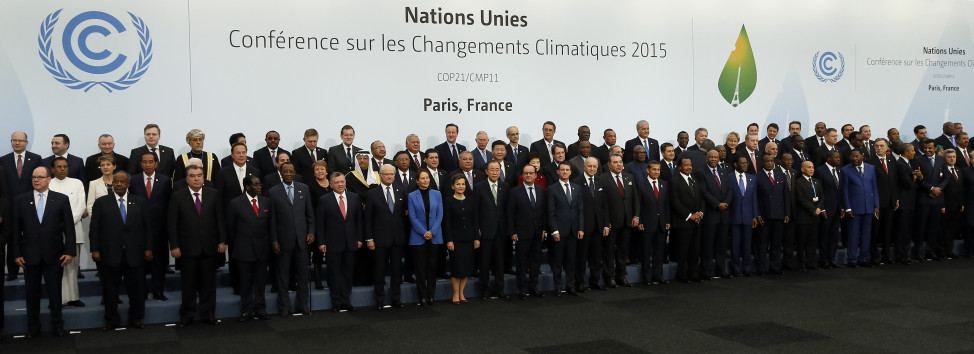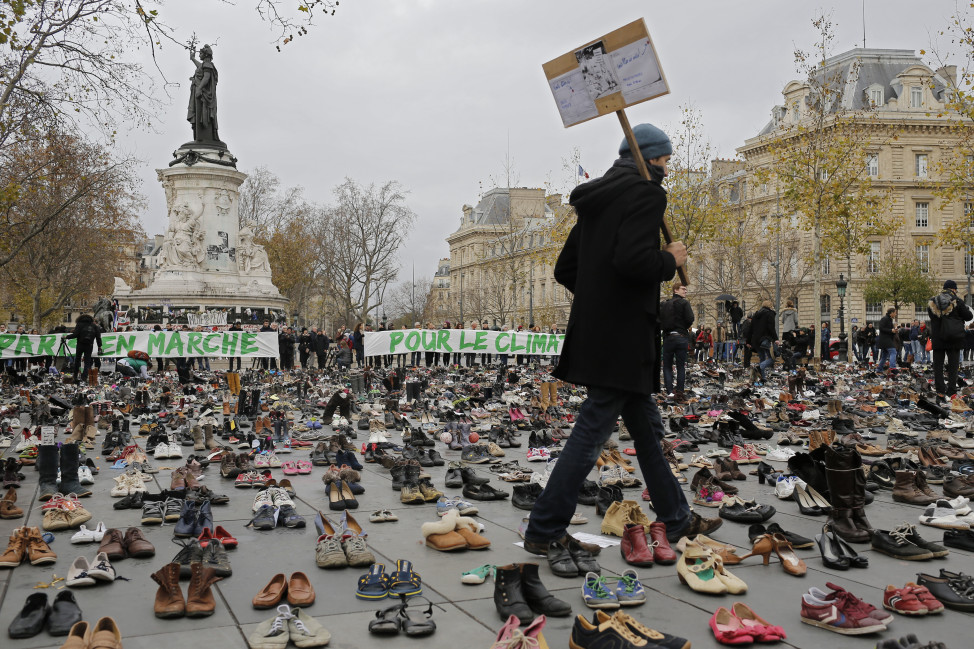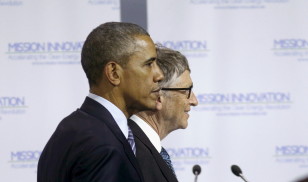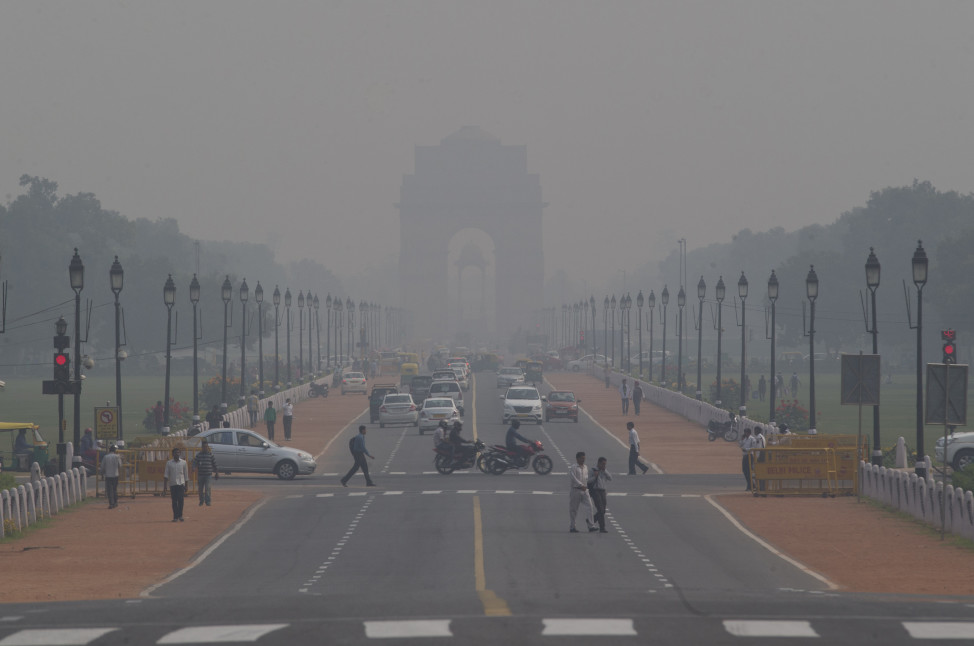Expectations are high in Paris for a deal to slow global warming. President Barack Obama laid down the gauntlet during a trip to Alaska, saying “This year, in Paris, has to be the year that the world finally reaches an agreement to protect the one planet that we’ve got while we still can.”
There are hopeful signs: the debate is no longer whether or not climate change exists, but how to curb the greenhouse gases that cause it. As negotiators from 195 countries try to hammer out an agreement over the next two weeks, some experts are saying it’s a waste of time. Why? Because there is no set benchmark or standard built into the process of promising exactly how much a given country must reduce emissions. Still others say that softer approach is exactly how to convince leaders to act, if not now, then in future.
Paris Climate Talks Need to Focus on Innovation
Robert D. Atkinson – The Globalist
Few nations want to bear the costs of committing to aggressive, binding greenhouse gas reduction targets, since it would mean higher energy prices and reduced competitiveness….
These high costs are why many nations, such as Spain, Germany and more recently the United Kingdom, are having buyers’ remorse.They are dramatically cutting back on the expensive subsidies needed to make renewable energy price competitive.
This means that even if nations make commitments in Paris to reduce their carbon emissions, there is a very good chance they won’t be able to meet their pledges.
President Obama addresses Paris Climate Change Conference

World leaders pose for a photo on the opening day of the World Climate Change Conference 2015 near Paris, France on Nov. 30, 2015. (Reuters)
How the Environmental Movement Has Changed
Emma Foebringer Merchant – New Republic
After its first celebration, Earth Day became emblematic of the modern environmental movement, and its narrow symbolism—which left little room for the communities most affected by environmental ills—would continue to haunt the movement’s progress….
These days… the lines dividing goals and tactics are losing their rigidity, and environmental groups have worked to present a more unified front…. “The folks that are going to be most impacted by these issues deserve to be at the table advocating for these solutions,” said Jenny Bock, economic justice campaigner at Friends of the Earth. “They should be driving it really…”

A man walks hundreds of pairs of shoes that are displayed at the place de la Republique, in Paris, as part of a symbolic and peaceful rally in Paris on Nov. 29, 2015. (Reuters)
The cancellation of the Global Climate March in Paris has left organizers scrambling to find alternate ways to make activists’ voices heard. In an effort to keep the march’s symbolism, Avaaz began collecting shoes from those who had intended to march in the French capital. The group will install the shoes at the march’s planned starting point, the Place de la Republiqué.
Why the Paris Climate Deal Is Meaningless
Oren Cass – Politico
Conventional wisdom holds that negotiators are hashing out a fair allocation of the deep emissions cuts all countries would need to make to limit warming. That image bears little resemblance to reality….

President Barack Obama stands with Bill Gates during the launch of Mission Innovation, a landmark commitment to dramatically accelerate global clean energy innovation, at the World Climate Change Conference 2015 in Paris on Nov. 30, 2015. (Reuters)
Here’s how the game works: The negotiating framework established at a 2014 conference in Lima, Peru, requires each country to submit a plan to reduce greenhouse-gas emissions, called an “Intended Nationally Determined Contribution” (INDC). Each submission is at the discretion of the individual country; there is no objective standard it must meet or emissions reduction it must achieve.
Beyond that, it’s nearly impossible even to evaluate or compare them. Developing countries actually blocked a requirement that the plans use a common format and metrics, so an INDC need not even mention emissions levels. Or a country can propose to reduce emissions off a self-defined “business-as-usual” trajectory, essentially deciding how much it wants to emit and then declaring it an “improvement” from the alternative.
Goals of the Paris Climate Conference
The Editorial Board – The Washington Post
The last time international negotiators met to draft a major climate change agreement, they failed miserably….
Leaders seem to have learned a lesson. Over the next two weeks, international negotiators will try again, this time in Paris. The conclave will not solve the problem. It won’t even produce a specific plan to keep global warming below 2 degrees Celsius, the point past which scientists warn the world shouldn’t go. Given the complex and fractious nature of international negotiations, a binding treaty imposing a detailed and complete solution is not a realistic goal.
But the Paris conference may set the world on a path to significantly bend the global greenhouse emissions curve downward, build mechanisms to review countries’ progress, and establish institutions and expectations that press world governments to do more in coming years.

India Gate, one of the landmarks of central Delhi, is barely visible through thick smog in New Delhi, India on Nov. 9, 2015. (AP)

